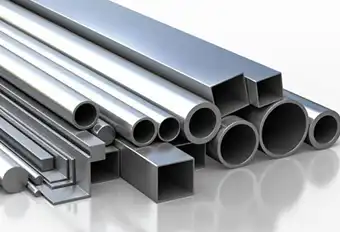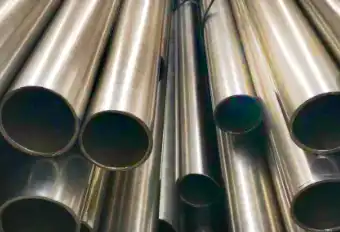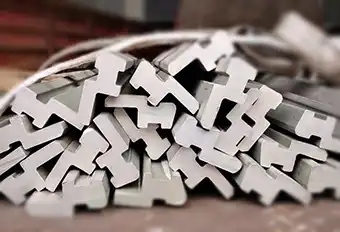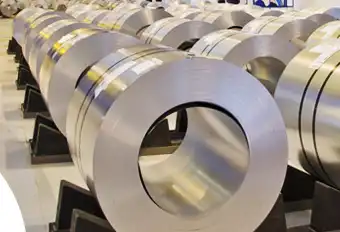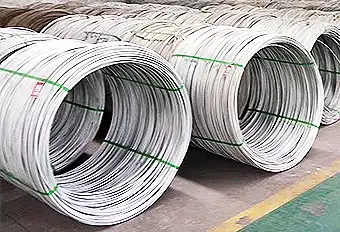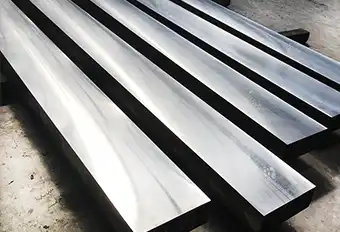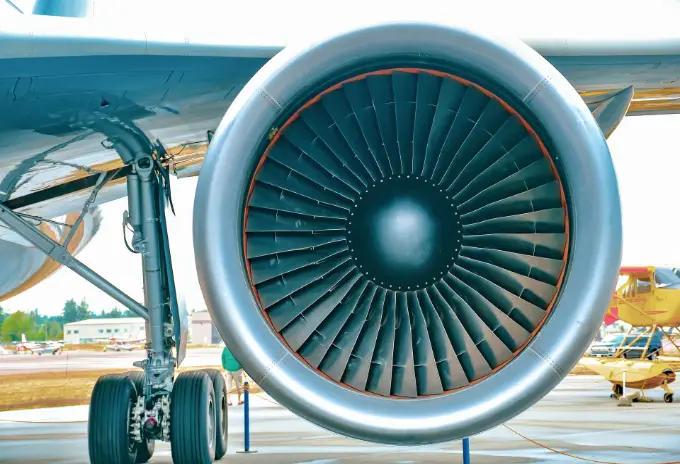Vacuum melting, casting and re-melting equipment have been implemented in huge numbers over the recent years mainly with an intention to try and eradicate impurities from the process wherever possible.
Vacuum induction melting (VIM) has some specific advantages including, gas elimination, chemical composition control, process control and more.
Available 24/7 at
contact@steel-grades.com
-
Categories
-
Stainless Steels
-
Tube/Pipe
-
Steel Profiles
Steel Profiles
-
Cold rolled/hot rolled
Cold rolled/hot rolled
-
Wire rod
-
Quality special steel
-
Superalloy & High Temperature Alloy
Superalloy & High Temperature Alloy
-
Stainless Steels
-
Steel Grades
- Suppliers
- Products
- Rfqs
- On S&G
-
Find steel grades200000+Search for steel grades your needs with search features.
-
Find Suppliers by RegionsN+Contact leading suppliers from around the world quickly and easily
-
Find steel productsN+Find your interested products according to your different demands.
-
Submit RFQGet quotations from the most suitable suppliers
-


